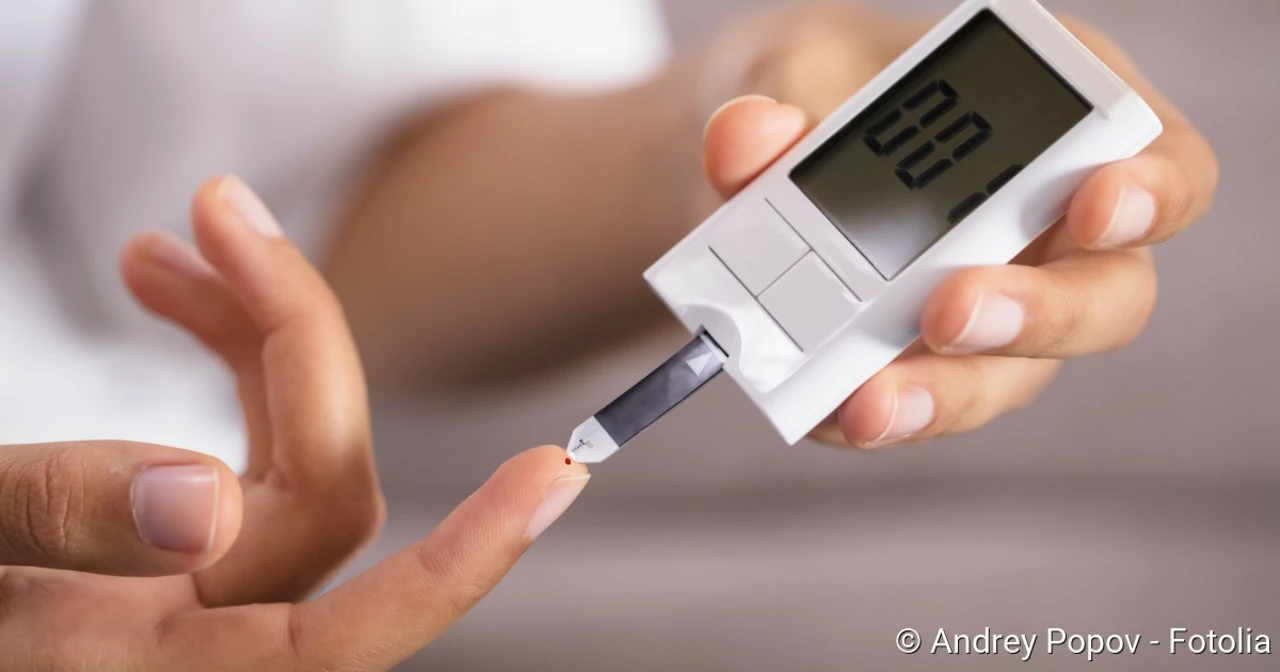Diabetes Management: Practical Tips for Daily Control
If you’ve just been diagnosed or have lived with diabetes for years, the biggest question is always “how do I keep my numbers steady without losing my mind?” The answer isn’t a magic pill – it’s a mix of simple habits that add up. Below you’ll find easy‑to‑follow steps you can start today, plus a couple of quick references to help you stay on track.
Monitoring Your Blood Sugar
The first rule is to know your numbers. A reliable glucose meter and regular testing schedule give you the data you need to adjust food, activity, or medication. Aim for a consistent routine – many people test before meals, two hours after eating, and at bedtime. If you’re on an insulin pump or CGM (continuous glucose monitor), set alerts for highs and lows so you can react fast.
Don’t let the numbers scare you. Look for patterns over days rather than a single spike. Write down what you ate, how active you were, and any stressors. Over time you’ll spot which foods push your sugar up and which activities keep it stable. This simple log is often more valuable than fancy apps.
Lifestyle Changes That Work
Food doesn’t have to be boring. Focus on three easy rules: portion control, fiber first, and carbs count. Fill half your plate with non‑starchy veggies – broccoli, spinach, peppers – they’re low in calories and high in nutrients that help insulin work better. Choose whole grains like brown rice or quinoa over white bread; the slower release keeps spikes down.
Protein is your friend. A palm‑sized portion of chicken, fish, tofu, or beans at each meal helps keep hunger steady and slows carbohydrate absorption. And don’t forget healthy fats – avocado, nuts, olive oil – they improve satiety and can lower inflammation.
Exercise is another cornerstone. You don’t need a marathon; 30 minutes of brisk walking, cycling, or dancing five times a week already boosts insulin sensitivity. If you’re on insulin, check your sugar before and after workouts to avoid lows. Short bursts of strength training (push‑ups, squats) are great too – they build muscle that burns glucose even when you’re resting.
Sleep and stress matter more than most people think. Aim for 7‑8 hours of quality sleep; poor rest can raise cortisol and push blood sugar up. When stress hits, try deep breathing, a short walk, or a favorite hobby to keep hormones in check.
Finally, stay connected with your healthcare team. Regular check‑ups let you adjust medication doses before problems arise. If you ever feel unsure about a new symptom or lab result, a quick call to your doctor can prevent bigger issues down the road.
Managing diabetes isn’t about perfection; it’s about consistency. Pick one habit from each section – test at the same times, add a veggie side to dinner, walk after lunch – and build from there. Small changes become routine, and routine keeps your blood sugar where you want it.

The Impact of Calcium Acetate on Blood Sugar Levels and Diabetes Management
As a blogger, I've recently been researching the impact of calcium acetate on blood sugar levels and diabetes management. Calcium acetate is a common phosphate binder that has been found to have a positive effect on blood sugar levels in people with diabetes. This is due to its ability to slow down the absorption of glucose in the intestines, ultimately leading to better blood sugar control. Additionally, it may also help in managing diabetes-related complications, such as kidney disease. In conclusion, incorporating calcium acetate into a diabetes management plan could lead to improved blood sugar control and overall health for diabetic individuals.